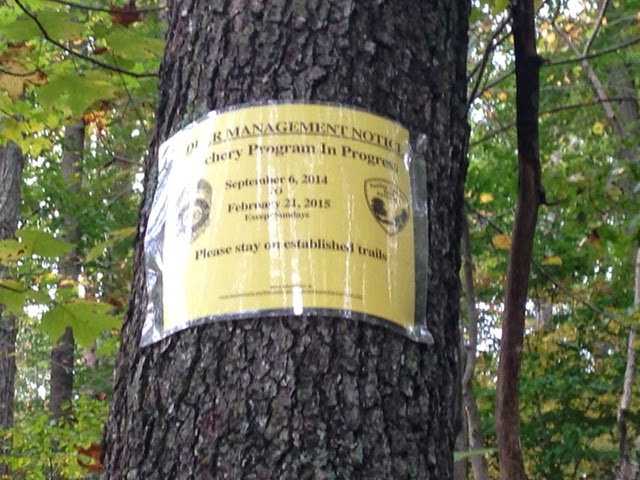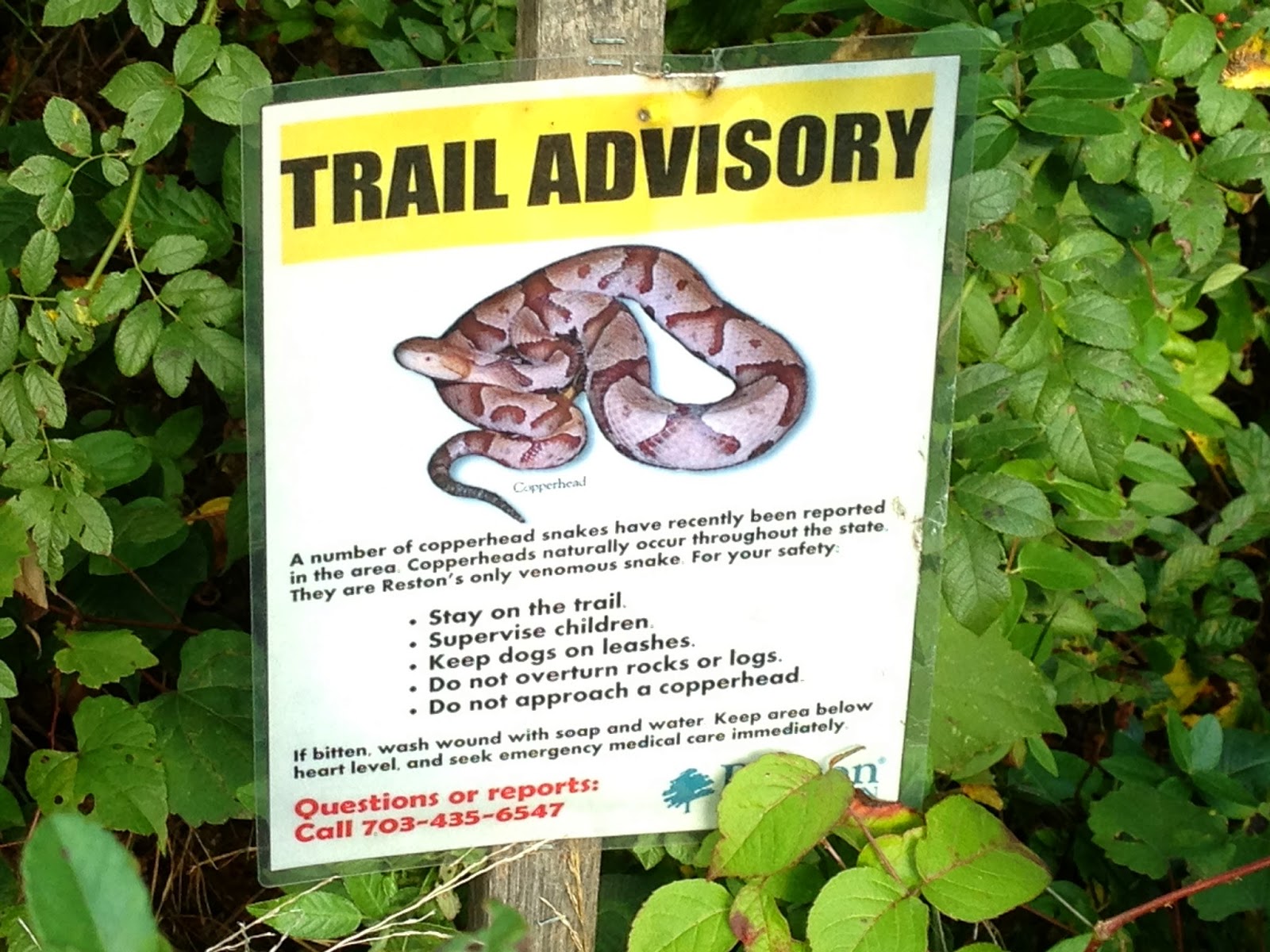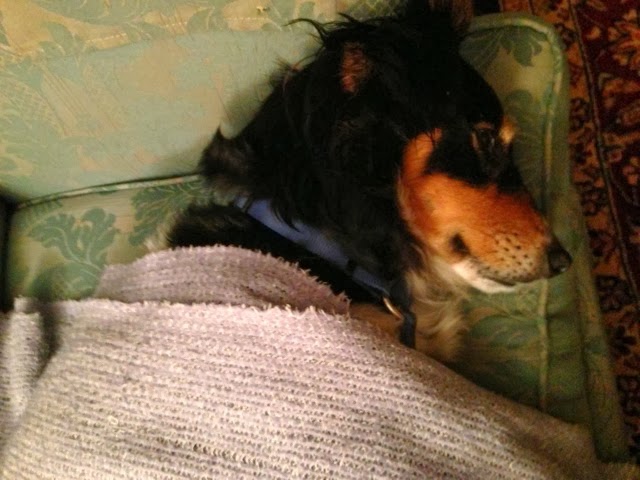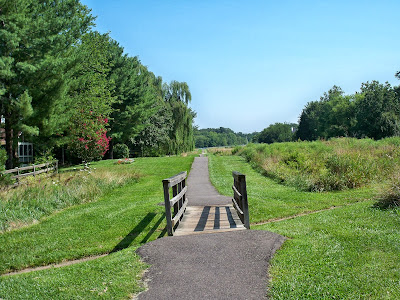The Deer Hunter
I had seen warning signs like this one along the trail for months — “Archery Program in Process.” But until last weekend I had never seen a deer hunter. He was decked out in camouflage and his face was smudged with paint. If he had been in a tree stand I would not have seen him.
But he was on a trail and I was, too. We passed each other, exchanged brief hellos. He held an elaborate bow, nothing like what I remember as a child. It was all metal and wires. It meant business. And he did, too. If I’d had more time to prepare myself I might have asked him to pose for a photo. But he was in a hurry and did not look happy. He was not dragging a six-point buck behind him.
I curse the deer that gobble up the daylilies and scrape the bark off the Kwanzan cherry. I think of them not as Bambi but as Super Rat. I wish they were gone — all but one or two I could spot across a sylvan glade once or twice a year.
But the idea of this guy up in a tree looking for movement, scanning the woods with his high-powered scope — well, frankly, it creeps me out. So I gave the deer hunter a wide berth — and I shivered as he passed.



